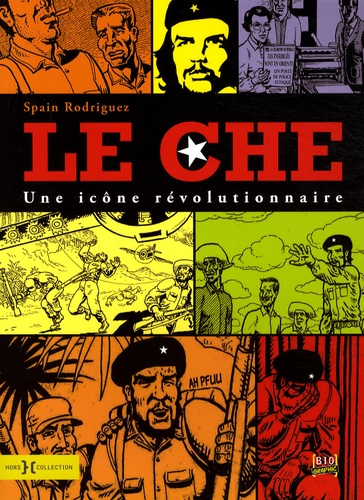

In addition to his wife, who was his partner beginning in 1979 and whom he married in 1989, he is survived by a daughter, Nora Rodriguez, and a sister, Cynthia Rodriguez-Badendyck. Rodriguez’s first marriage ended in divorce.

He went on to do comic strips for The Other. Rodriguez created a comic book with a frankly sexual cover called Zodiac Mindwarp. At the request of Walter Bowart, a founder and the first publisher of The East Village Other, a brash, often outlandish newspaper, Mr. In the mid-1960s, he moved to New York City and found himself on the Lower East Side of Manhattan, the heart of the city’s counterculture life. “I was cool before it was cool to be cool,” he liked to say. He also joined a biker gang, the Road Vultures Motorcycle Club, and drew the bikes and the bikers, illustrating their conflicts and reproducing their earthy language. When he left school, he returned to Buffalo, and for five years worked in a Western Electric plant that manufactured telephone wire, an experience that he said was his real art education when he began drawing the machines and his fellow workers. After high school, he attended the Silvermine Guild School of Art in New Canaan, Conn., where Abstract Expressionism was in vogue and his extra-realistic drawings went unappreciated. Young Spain was a delinquent - he fought, he stole cars - but he also had a curious mind, and he drew from a young age on the sides of trash bags, he created comic strips that entertained the garbagemen who picked them up, his wife said. His mother, an artist of Italian descent, painted under a male pseudonym: Steve Nomi. His father, a Spanish immigrant, was an auto body repairman. Manuel Rodriguez - he became Spain as a boy defending his heritage in fights with schoolmates - was born in Buffalo on March 2, 1940. He added: I don’t know that there’d be such a things as these nice gentrified graphic novels that I’m associated with as well if it weren’t for the energy unleashed with such vehemence by Spain, Crumb and others.” “Spain was one of the seminal, in probably all meanings of that word, figures of the underground comics planet,” Art Spiegelman, author of the graphic novel “Maus,” said in an interview with The Buffalo News after Mr. His characters, who originally appeared in leading underground publications like The East Village Other and Zap, included the counterculture superhero known as Trashman, an urban guerrilla with a ruthless disregard for the lives of the rich and powerful Manning, a corrupt cop (whose strips bore the slogan “Some call it police brutality he calls it Justice”) and an adventuress, known as Big Bitch, who was a sexed-up counterpart to Trashman, a pornographic cross between a Charlie’s Angel and Rambo. A Rodriguez cover for Zap magazine, 1974.


 0 kommentar(er)
0 kommentar(er)
